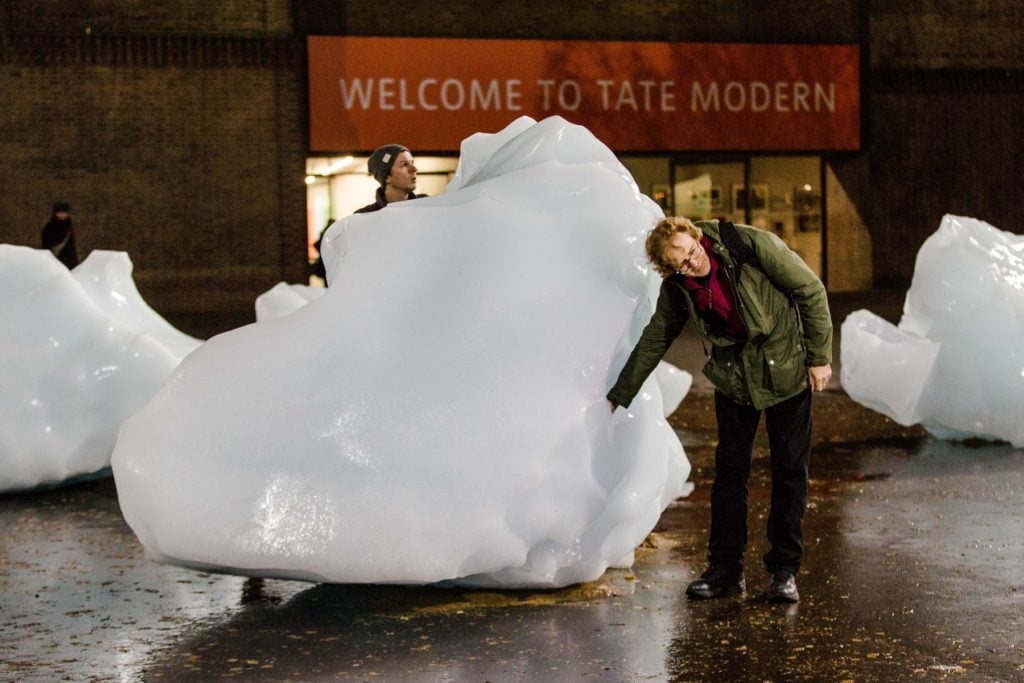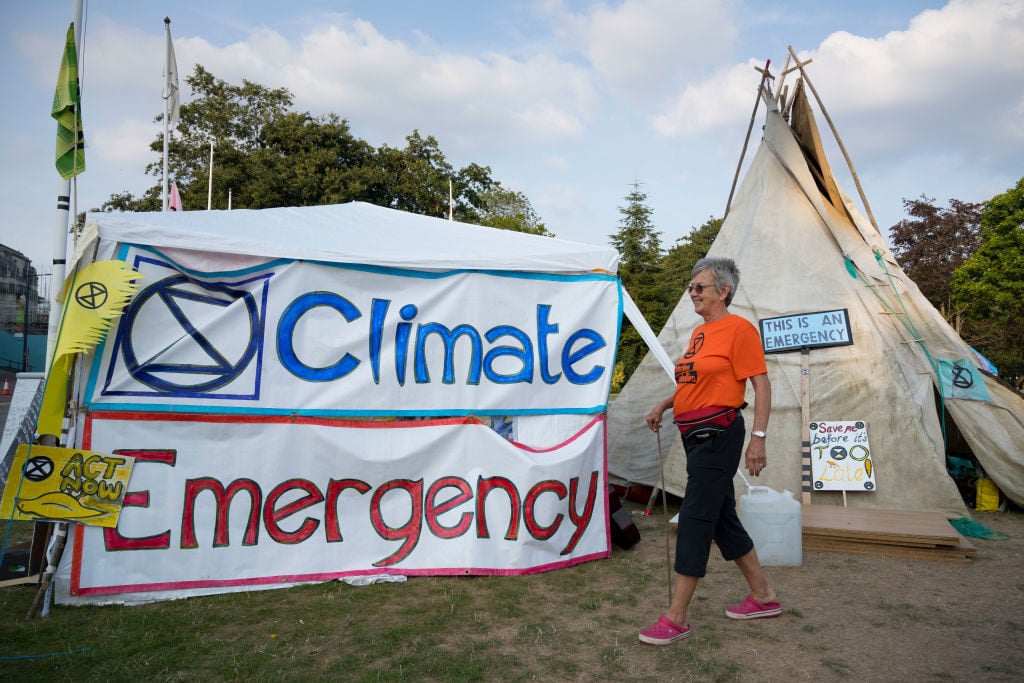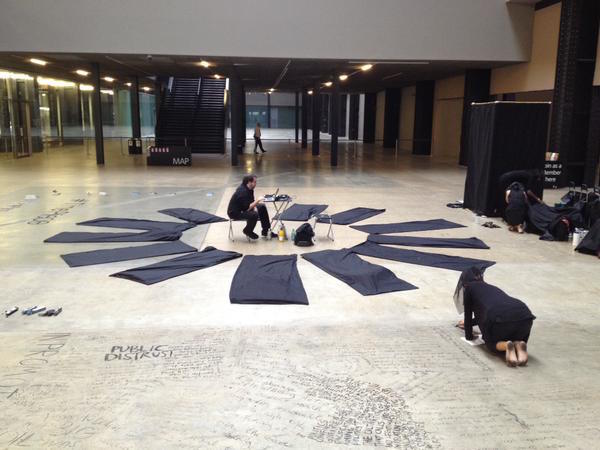Art World
Pledging Solidarity With Communities Facing ‘Climate Extinction,’ the Tate Unveils an Ambitious New Sustainability Plan
The institution will aim to reduce its carbon footprint by 10 percent within four years.

The institution will aim to reduce its carbon footprint by 10 percent within four years.

Taylor Dafoe

Upon the opening his new mid-career survey at the Tate Modern earlier this month, Olafur Eliasson did not mince words about the current environmental crisis. “I don’t want to use a fear-based narrative, but we are living in a climate emergency,” he told artnet News.
Now, the Modern and its sister museums are responding to the Danish-Icelandic artist’s call for action. Today, the directors of the Tate galleries jointly declared a climate emergency and laid out a plan to improve their organizations’ commitment to sustainability.
“We have reached a defining moment in the history of our planet and the cultural sector has a unique part to play in effecting change,” the statement reads. “Our pledge is to respond with actions across all four Tate galleries, and at our stores, that put this centre stage.”

An Extinction Rebellion protester walks through camp outside Cardiff city hall as the environmental protest group ends day two of a series of protests, collectively called ‘Project Mushroom’, on July 16, 2019 in Cardiff, United Kingdom. Photo: Matthew Horwood/Getty Images.
Through the Tate’s plan, the institution will implement a green electricity tariff, shooting for a 10 percent reduction in its carbon footprint by 2023. Administrators are auditing their current in-house travel practices and will adopt a “train-first policy.” Meanwhile, the museum’s restaurants will prioritize sustainable food-sourcing strategies and will offer more vegetarian and vegan meal options.
The specifics of these initiatives arose from a panel discussion that filled the Tate Modern Turbine Hall on July 8. Entitled “Art in Real Life: Addressing the Sustainability Challenge,” the event was held in partnership with London Climate Action Week and featured Eliasson alongside climate scholars and activists.
“Ecology is about global awareness,” Eliasson tells artnet News. “It means examining your networks and the structures that you work within at all levels and asking, What is to be done? At my studio, I am beginning to enact an environmental policy in which projects are assessed in terms of their impact on the climate, and my studio team and I are asking my partners to do the same. It is encouraging, therefore, to see Tate taking an official stand on the climate emergency. I am especially happy that the announcement coincides with my exhibition, giving us the opportunity to work together to inspire further climate action.”
The announcement also comes on the heels of numerous climate change protests organized by the environmental activist group Extinction Rebellion. The most recent of these took place this weekend when the collective halted traffic in five major cities across the UK.

Protesters participating in the 25-hour “textual intervention” against BP at Tate Modern this weekend. Courtesy Liberate Tate.
(Reflecting a general shift in public awareness about the severity of the situation, in May the Guardian announced an official change in its style guide, saying that the term “climate change” should be replaced with terms like “climate emergency,” “climate crisis,” or “climate breakdown.”)
Of course, the museums under the Tate umbrella have themselves been the site of numerous climate change protests over the years. Before BP chose to terminate its 26-year sponsorship with the Tate in 2016, the institution was frequently targeted by activists for its connection to the oil giant. From 2010 to 2015, the activist group Liberate Tate staged more than a dozen performances at the Tate Musuems, including one incident at the Tate Modern in 2015 where they poured oil over a naked man, wrote in charcoal on the gallery floors, and tossed fake banknotes from the museum’s members room.
“As our audiences and communities across the world confront climate extinction… we must shine a spotlight on this critical issue through art,” the Tate’s statement reads. “That’s why we pledge to make our long-term commitment ambitious in scope. We will interrogate our systems, our values and our programmes, and look for ways to become more adaptive and responsible.”